Inside: An exploration of Tracey Moffatt artwork that looks at the moments that scar us, including discussion questions and classroom activities tailored to middle and high school students.
There are moments that stay with us, both good and bad. Sometimes they are big moments that we know are coming, prepare for, and catalog in our memory. However, the moments we remember are often small and unannounced, leaving a watermark on our lives.
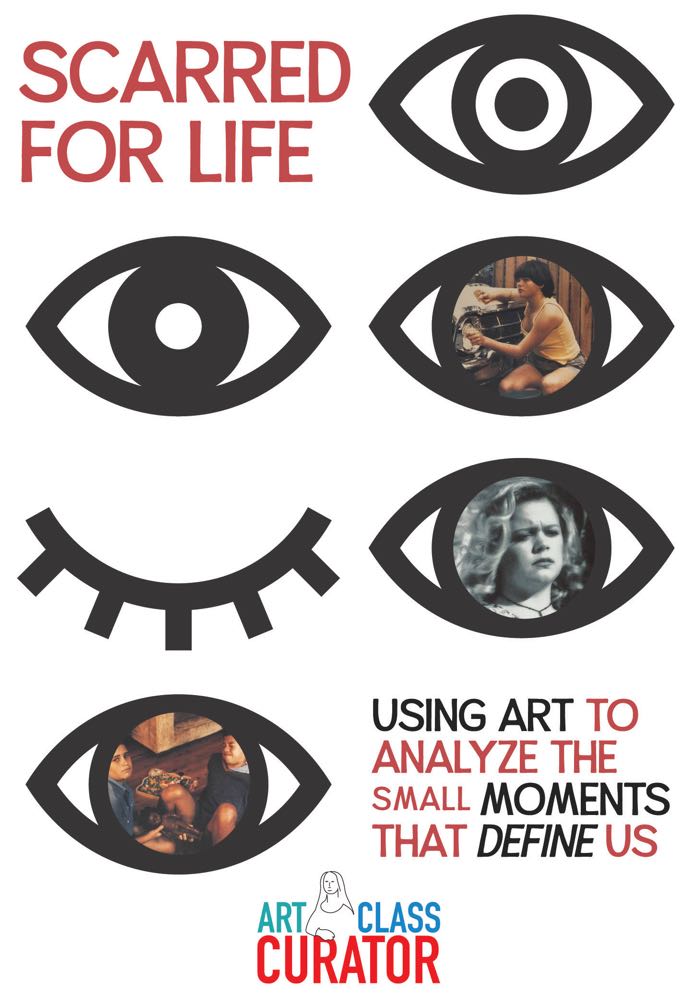
Our brains tend to focus on the negative moments, the dark events that mar our innocence and cause us pain. Those small but not insignificant moments are the subject of some Tracey Moffatt artwork, especially her 1994 photo series Scarred for Life.
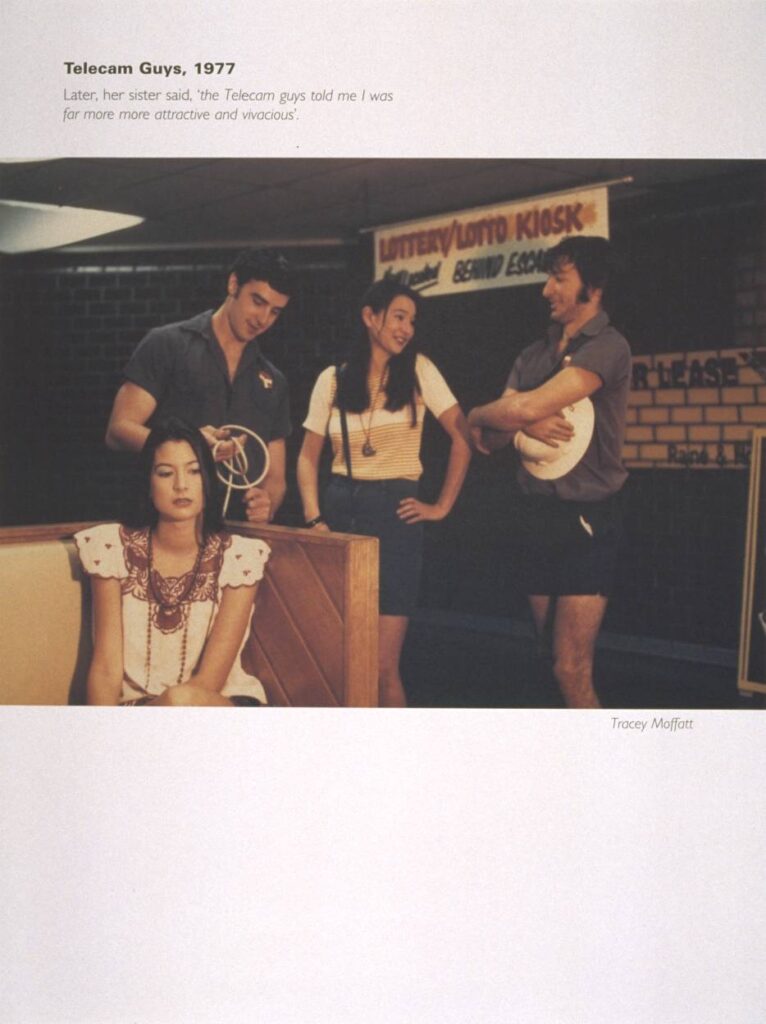
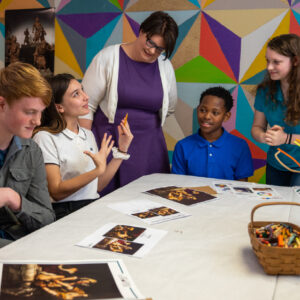
Get the Full Lesson!
This Lesson is in The Curated Connections Library!
Find the full lesson from this post along with hundreds of other art teaching resources and trainings in the Curated Connections Library. Click here for more information about how to join or enter your email below for a free SPARKworks lesson from the membership!
Scarred for Life
Tracey Moffatt is a contemporary Australian photographer and filmmaker whose work focuses on cultural and societal norms and tackles issues of sexuality, history, representation, colonialism, and race. When I first discovered her work and scrolled through the Tracey Moffatt artwork on the Tate’s website, I found myself feeling a bit of anxiety and discomfort.
I leaned into my emotions, as we should when looking at art. Listening to our feelings allows a deeper exploration of both the art and ourselves. I noticed that all of the photographs from Scarred for Life have captions that, while not necessarily explaining the photos, add layers to what we see. For example, the caption on this artwork is: Her father’s nickname for her was ‘useless’.
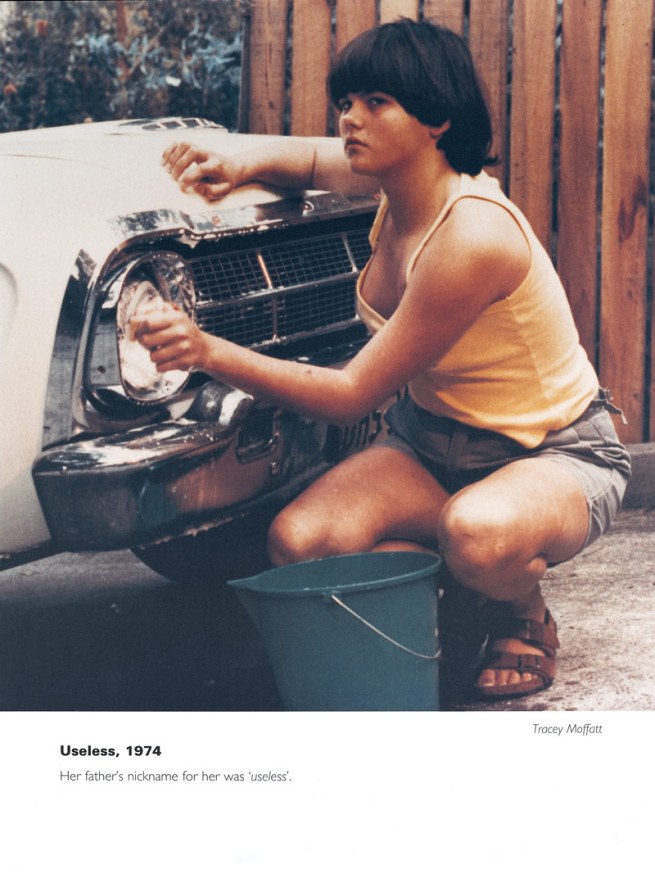
Each photograph documents brief, bitter family moments that are universal in their relatability. The details differ, but we all endure small digs at our self-worth that bring us down and subconsciously teach us about society, how it works, and where we fit (or don’t fit) in.
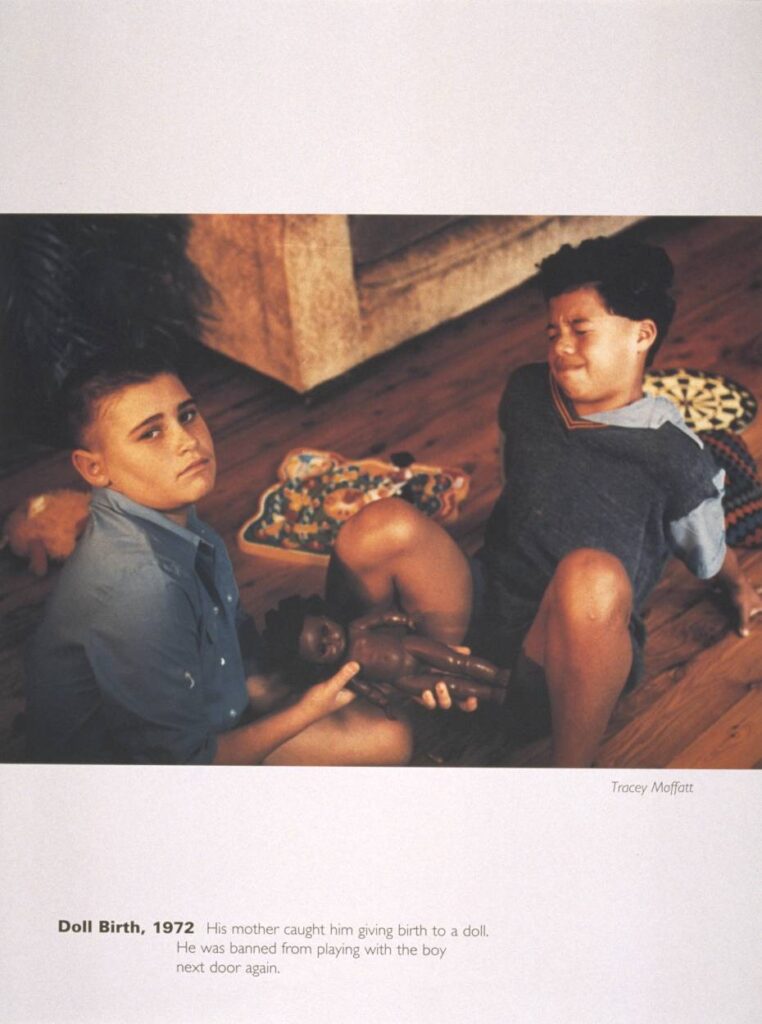
Gender is another theme that runs through Moffatt’s work. In this photograph, entitled Doll Birth, 1972, the caption reads: His mother caught him giving birth to a doll. He was banned from playing with the boy next door again. The cultural pressure for children to conform to gender roles is lessening, but we still normally expect girls to play house and look pretty while boys get dirty and play with cars. This photograph invites us to imagine the child’s perspective, but it also speaks of the mother and society at large.
Tracey Moffatt artwork, especially this photo series, is an excellent choice to share with middle and high school students who are striving to understand themselves and find others that will understand and accept them. They need to know that the brief, bitter moments do not define who they are and that they are not alone in experiencing them. It’s also important for them to consider how words affect people and how we process negative messages.
Tracey Moffatt Artwork Discussion Questions
- What’s going on here?
- What do you see that makes you say that?
- How is the person in this photograph feeling right now? How can you tell?
- What feelings do you feel towards this person?
- How does the caption change how you feel towards this situation?
Classroom Activities
The captions are an important part of these artworks. They add to our interpretations and change the narrative. There are a couple of ways you can illustrate their importance to students with writing activities.
Have students study the picture without the title and caption. Then, have them write a story of her life and what she is thinking. (Alternatively, they can write a letter from her perspective, which there is a template for in the Art Appreciation Worksheet Bundle.) Afterward, have students do the same thing with the second photograph. Reveal the titles and captions and discuss how they add a new layer of meaning.
Or, divide the students into groups. Show some groups the artwork with the caption and others the artwork without the caption. Then, have them write a story or letter and compare their interpretations when they finish.
Extensions
Assign a photography project in which the students take photos of their own lives and add captions to deepen the meaning of the photograph. The subject may be too personal for some students. If so, you may choose to let them focus on a more general issue, such as a story about someone they know or someone in the public eye.

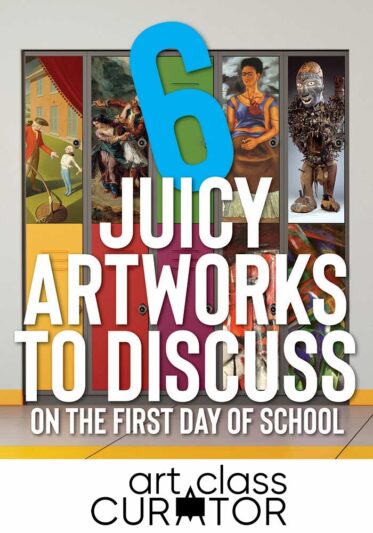
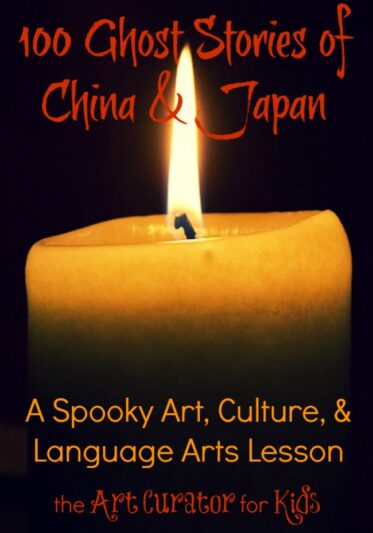
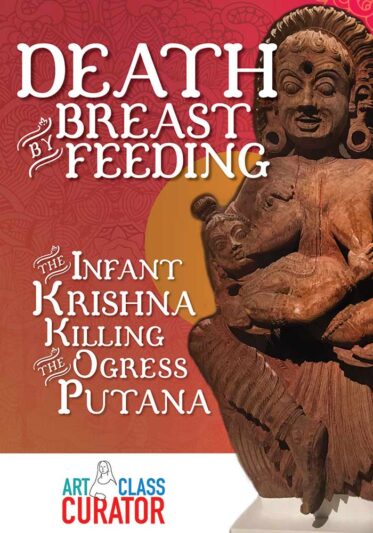

Leave a Comment